11 traditional Filipino cooking techniques that aren’t adobo and sinigang
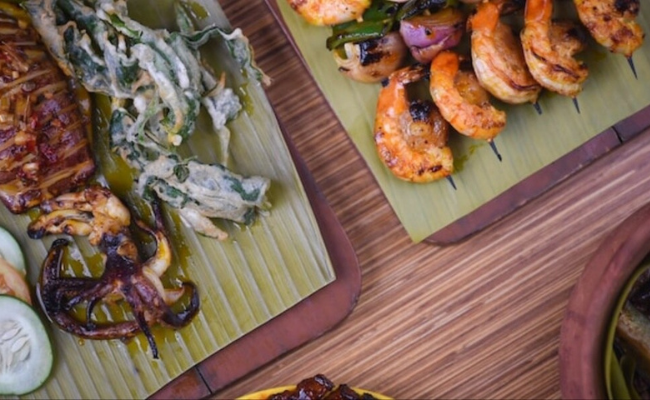
Photo by Christian Dala on Unsplash
In case you haven’t noticed, there seems to be a subtle surge of interest in Filipino cuisine these days—thanks in part to food content creators who’ve been trying their hand at whipping up (and occasionally botching) our local staples.
Adobo, sinigang, and even kare-kare are usually the stars of their culinary adventures, but here’s the thing: the Philippines has a diverse repertoire of culinary traditions that extend way beyond this popular trio—and exploring them can just be as mouthwatering and satisfying, if not more.
So, whether you’re a food influencer looking to improve their Pinoy cooking skills, a migrant wanting to infuse a taste of home into their daily meals, or simply a curious culinary enthusiast, here are 11 traditional Filipino cooking techniques that may come in handy at your disposal.
Kilaw
“Kilaw” is basically the Filipino equivalent of ceviche. The process involves marinating raw seafood or meat in vinegar and/or calamansi (or lime) juice, typically seasoned with garlic, onion, ginger, and chili peppers. Unlike most cooking methods in this list, “kilaw” doesn’t use heat. Instead, the acidity from the citrus agents “cooks” the proteins through denaturation—all while preserving its natural flavors.

Saing
While “saing” is most commonly associated with rice, it isn’t limited to such. It generally refers to the technique of simmering an ingredient (slowly) in a small amount of liquid—in a closed container. The key to perfecting “saing” lies in the balance between the water (or broth) and the cooking time. You’d want the main ingredient to absorb the flavor from the liquid without drying out or turning soggy.
Popular dishes include: sinaing na tulingan (bullet tuna), manok (chicken), and pata ng baboy (pork hocks).
Hinurno
“Hinurno” (or paghuhurno) is the art of roasting or baking in Filipino cuisine. It involves cooking ingredients—usually bread and pastries—in a pugon (or oven). However, meat or seafood can also be prepared using this method, especially if you want the dish to be a bit crispy on the outside and tender on the inside.
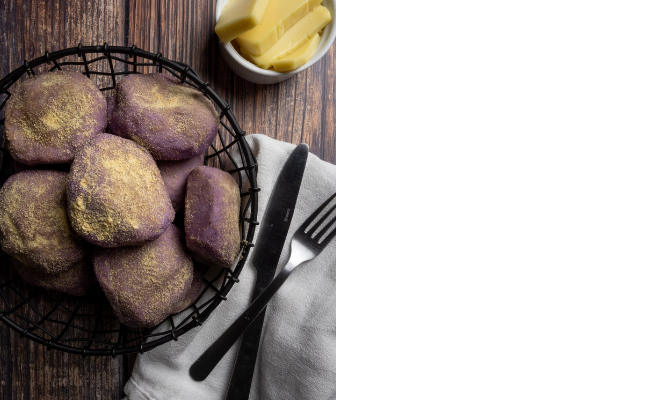
Photo by Miguel Lorenzo on Unsplash
Popular dishes include: lechon sa hurno (oven-roasted pig), lechon manok (oven-baked chicken), and pandesal (classic Filipino bread roll).
Ginataan
If you’re into creamy and coconut-based meals, “ginataan” may just be your new go-to technique. This traditional culinary practice centers on simmering ingredients in coconut milk for a rich and flavorful taste. From savory stews to sweet desserts, the possibilities with “ginataan” are endless.

Daing
Preservation is a vital part of Filipino culinary culture—and “daing” typifies this practice. It refers to the process of curing an ingredient with salt (other spices and seasoning optional) and sun-drying it after. This method doesn’t just prolong the ingredient’s shelf life even in the absence of refrigeration, but also imparts a unique flavor profile.
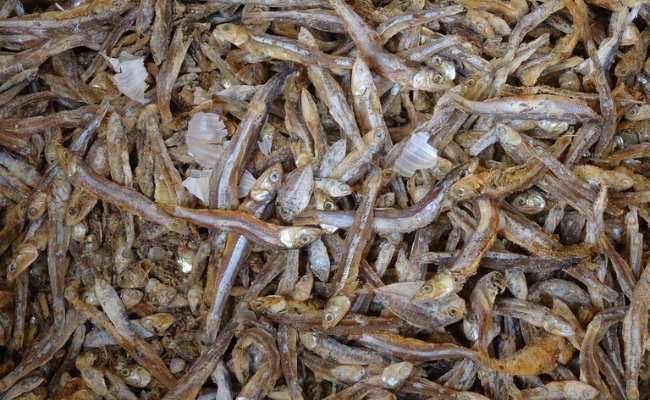
Photo by Michel Bertolotti on Pixabay
Popular dishes include: daing na bangus (milkfish), pusit (dried squid), and dilis (anchovies).
Binalot
For an earthy and homey gastronomic experience, “binalot” (which literally means “wrapped”) is a must-try technique. It’s all about wrapping food in banana leaves before steaming or grilling. This gives the food its subtle yet aromatic flavor while also keeping it moist and tender.
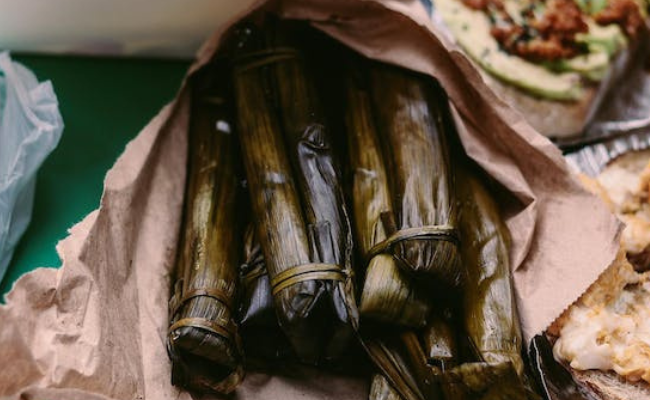
Photo by Denniz Futalan on Pexels
Popular dishes include: suman (sticky rice cake), binalot na adobo (adobo wrapped in banana leaves), and bibingka (rice cake).
Lasing
“Lasing” literally translates to “drunk,” and that’s exactly what the technique does: it adds a boozy punch to a meal. It’s the process of marinating meat or seafood—or sometimes fruits—in native liquors (e.g. lambanog) or other alcohols (e.g. beer and wine). While the booze mostly cooks off during the process, it tenderizes the ingredients and leaves behind a rich and robust taste.
Popular dishes include: nilasing na hipon (shrimp), mangga (mango), baka (beef), and manok (chicken).
Torta
Looking for a savory delight that’s perfect for breakfast or merienda? “Torta” is a culinary technique that involves beating eggs, mixing them with various ingredients like veggies, seafood, or meat, and frying them until they form a delicious golden-brown patty. Think omelet—but make it Pinoy.
Popular dishes include: tortang talong (eggplant omelet), alamang (shrimp fritters), and giniling (ground pork/beef omelet).
Lumpia
“Lumpia” is the Filipino version of spring rolls. It showcases the art of rolling ingredients in a thin wrapper (usually made from rice or wheat flour) before frying or steaming—or sometimes serving fresh. The filling may vary from vegetables and fruits to meat and seafood.

Minatamis
For those with a sweet tooth, “minatamis” is the perfect method to explore. It preserves fruits, root crops, and nuts by letting them simmer in a syrup made from sugar, water, and flavoring like vanilla (optional) until candied or caramelized.
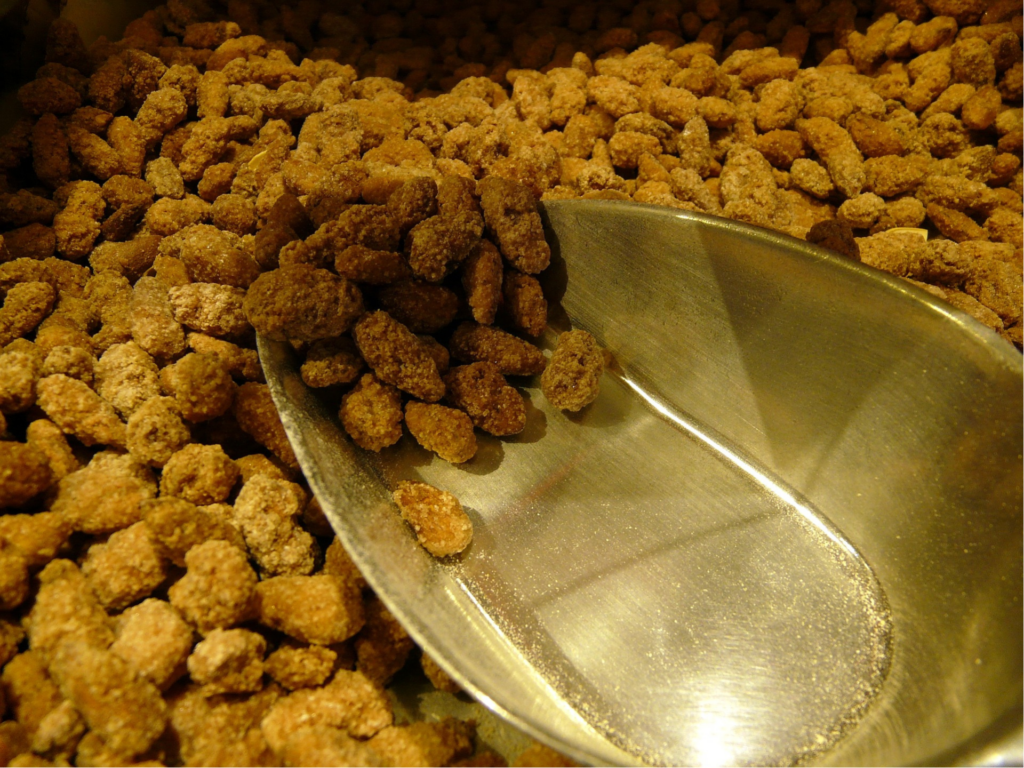
Image by HardyS from Pixabay
Popular dishes include: minatamis na saging (sweetened bananas), mani (candied peanuts), and bao (sweetened coconut).
You may also like: Can you name all of these lesser-known Filipino desserts?
Relleno
“Relleno” is the process of deboning and stuffing meat (or seafood) with a flavorful mixture of vegetables, spices, and sometimes even other proteins. Once stuffed, it is then cooked through various methods—such as frying or roasting.


